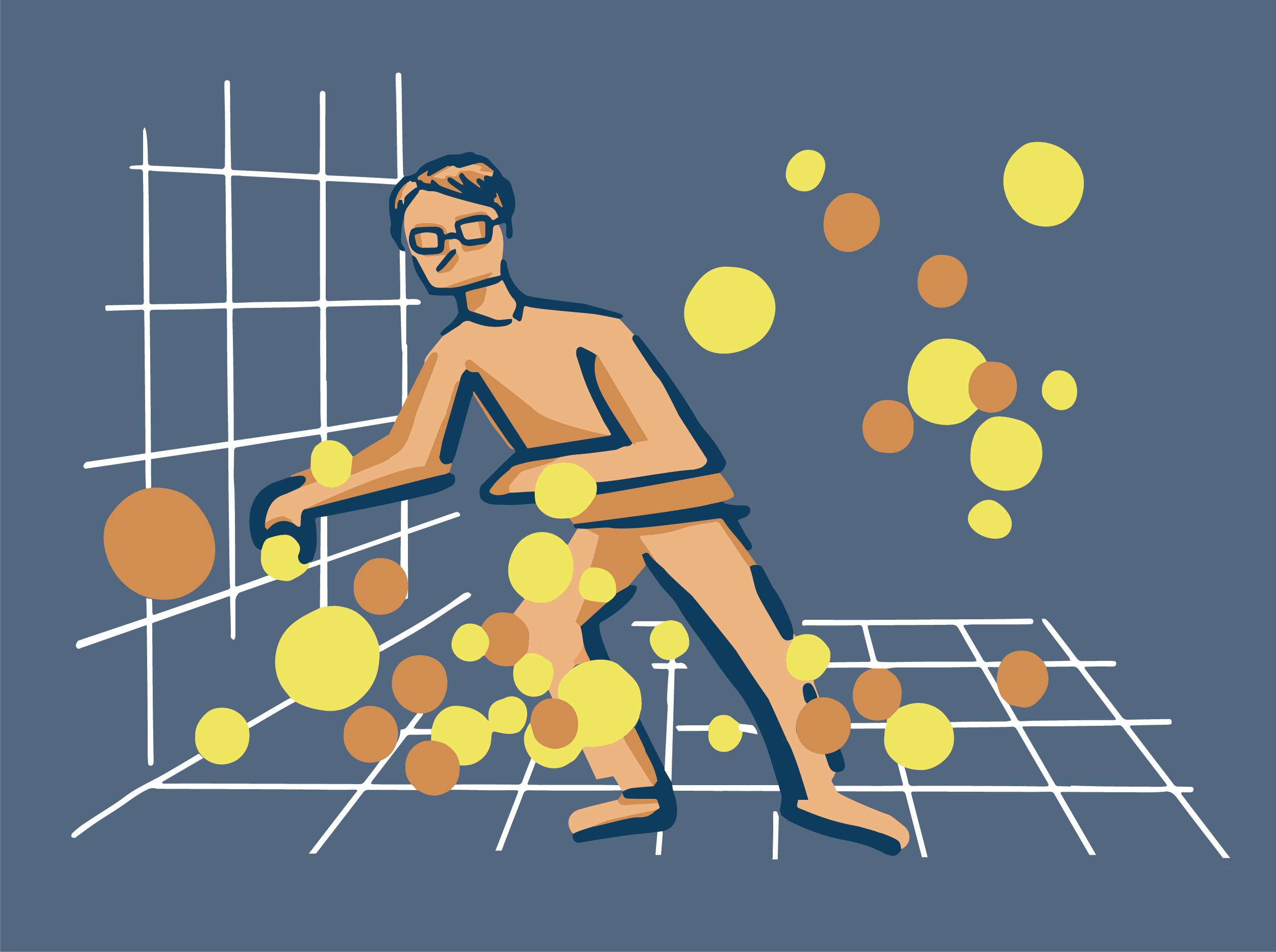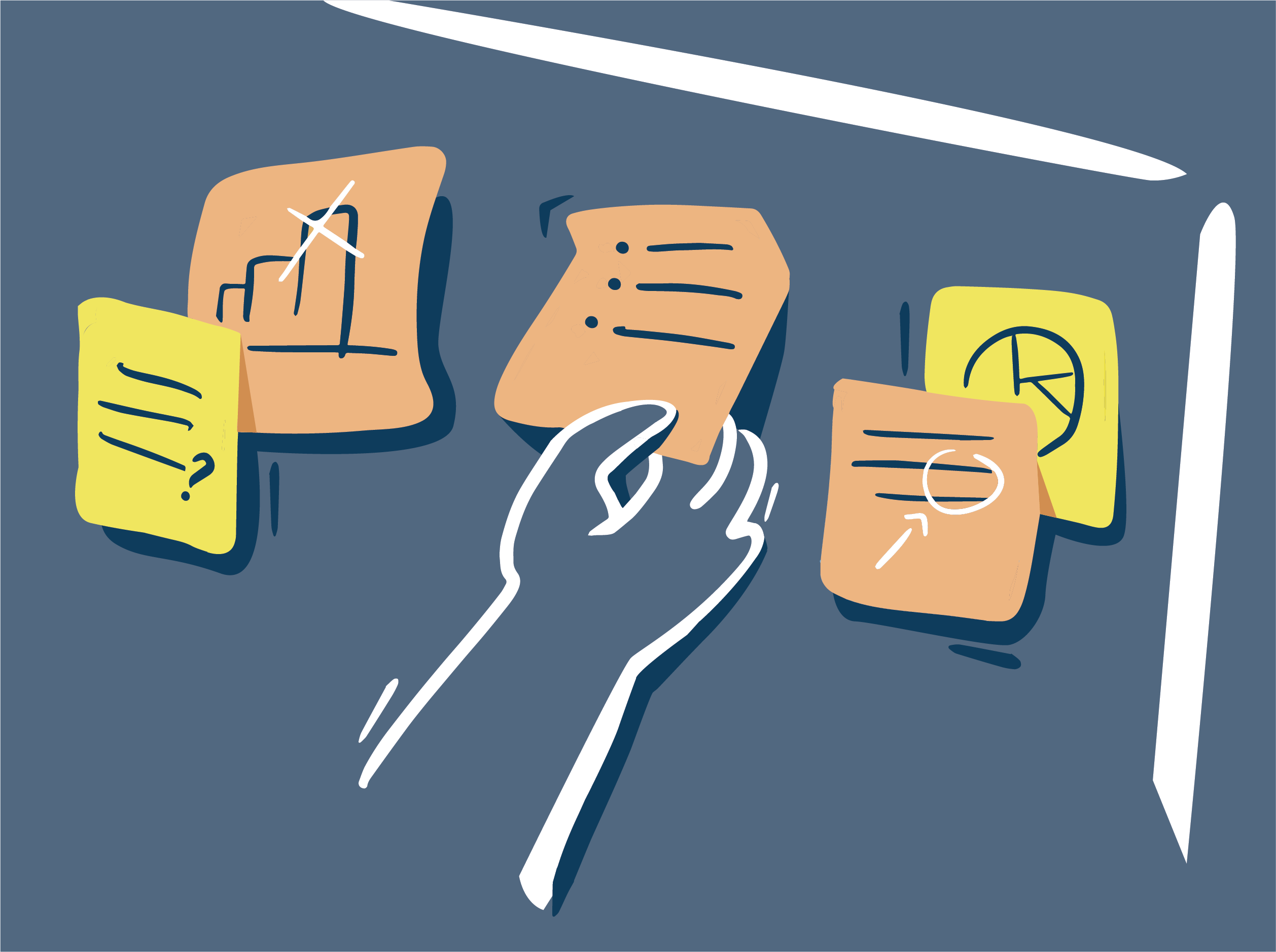Intro to Advanced Data Visualization
Why It Works and How to Apply Its Techniques

In this workshop, you’ll learn how and why data visualization can help you analyze your data more quickly and deeply. You’ll learn a framework for visualization, the Power-Up model, which places essential data visualization techniques into three groups: preparation, density, and exploration. You’ll explore how the purpose of the visualization should drive the choice of elements to add (or subtract). Through an in-depth case study and several short exercises, you’ll examine real-world examples of graphics and dashboards to understand how the Power-Up techniques can be applied to your data.

